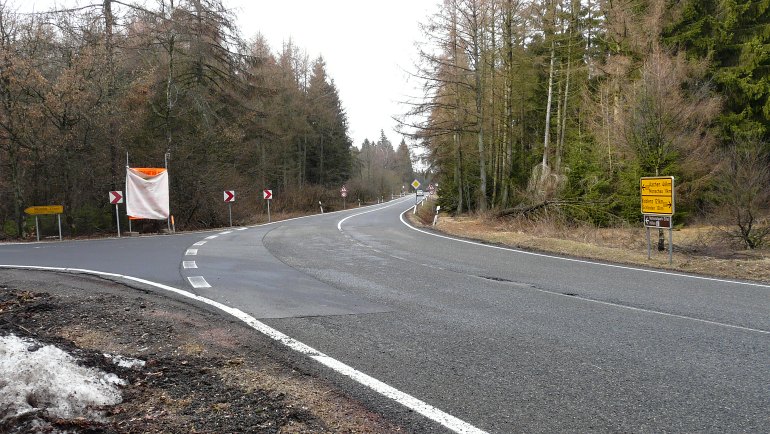in the Attack on pillbox sector at Wahlerscheid, Germany
(Heartbreak Crossroads) - 13 - 16 December 1944
(Rhineland Campaign)
By Captain John A. Frye
CONCLUSION
During this three day and three night operation the 2nd Battalion lost 31 men killed, 13 missing in action, 120 wounded and 172 evacuated due to disease and injury; a total of 336.
This left a Battalion with approximately 400 persons, relieved from combat and most desirous of one good night's rest before moving again, without reinforcements, into another bitter four day and night action against a determined, offensive-minded enemy. 161 prisoners were captured and many were killed during this operation. The greatest number was killed by artillery while manning the security positions outside their pillboxes.
No doubt the heavy artillery pounding drove security elements as well as light mortar crews inside. It is believed all enemy artillery and heavy mortar elements were shifted east to support the counteroffensive, which was initiated at 0530 by the tremendous barrage noted by members of the Battalion while moving through the gap in the wire of the fortified sector. (79)
A point worthy of note concerns the movement of two Battalions of Infantry, at reduced strength, single file, over one trail, without a single casualty of any type. The following morning, while moving a column of prisoners over this same trail, antipersonnel mines were set off, causing severe injury to six prisoners in the column. The explanation of this was that the snow and ice had frozen hard enough to render the mines useless, so long as it stayed cold. However, on the morning of 15 December the weather grew warm, melting the snow and ice, thus reactivating the mines. (80)
The fact that the 2nd Battalion was provided with two hot meals and blanket rolls on each night of this operation must not be overlooked. In order to accomplish this supply mission, the utmost coordination and cooperation of the supply echelon were necessary. Credit for this superior job ;was due to the untiring efforts of Major Frank E. Ball, Battalion Executive Officer, Lieutenant Herman Byrum, Battalion S-4, supply sergeants, mess sergeants, and administrative personnel of each company.
It was necessary to move a distance of five miles from the train bivouac to the forward elements of the Battalion. The greater part of the distance was along roads under continuous interdiction by enemy artillery fire. The last 1000 yards all supplies had to be hand-carried. (81)

Wahlerscheid crossroads (2011)

